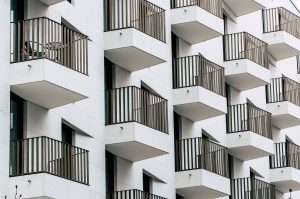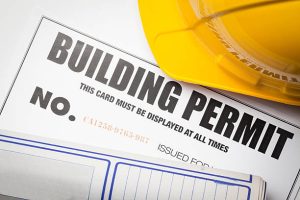
How long are permit good for?
I love this topic because people are always asking me how to extend or maintain their permit open legally, and it is actually pretty simple. The current codes tell you exactly what to do, but not all the building departments are very clear at communicating this. The main reason is they don’t want open permits for many years, as it could become a nuisance to adjacent buildings or neighbors. I have seen active permits for over 10 years, legally.






